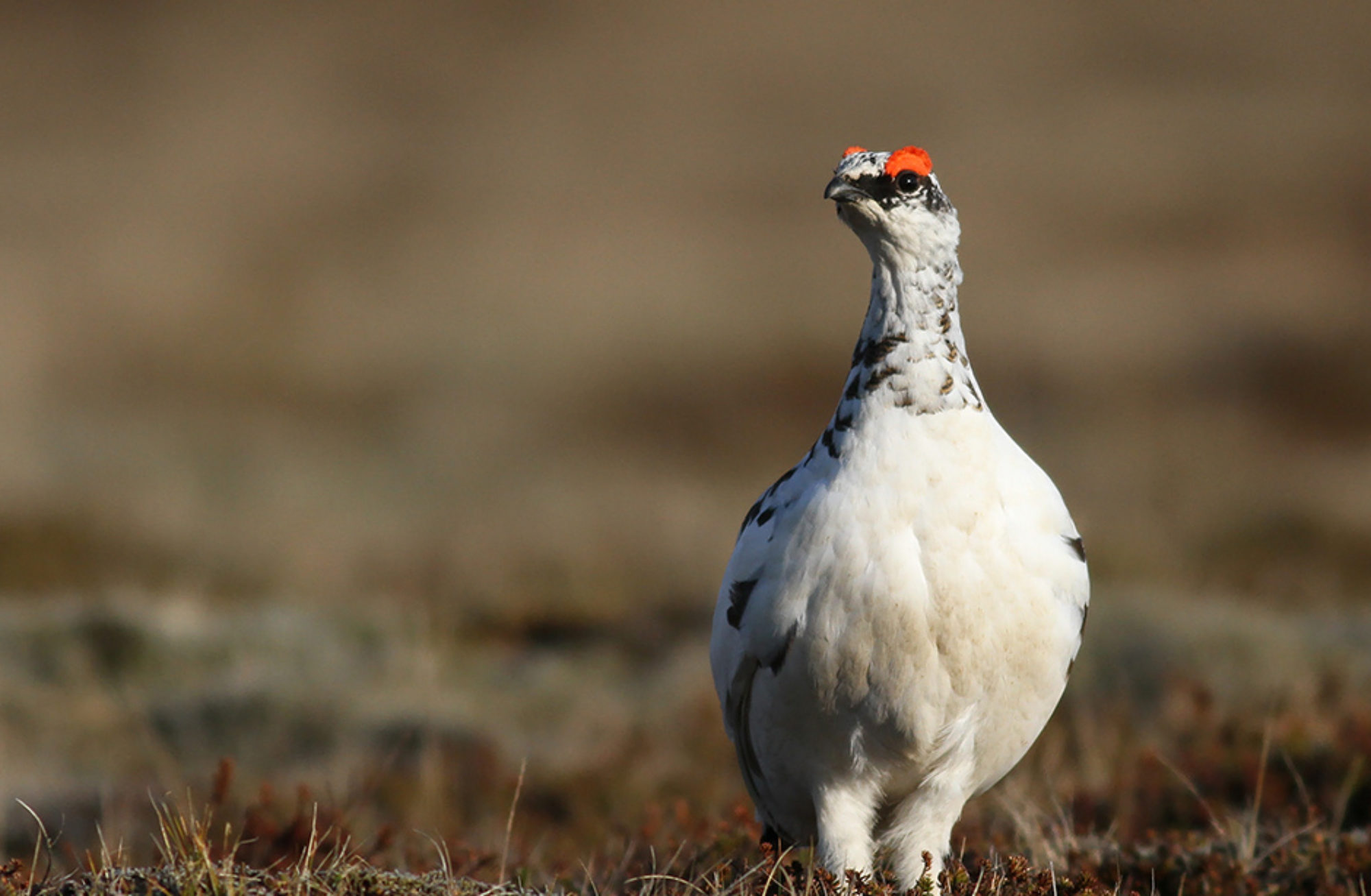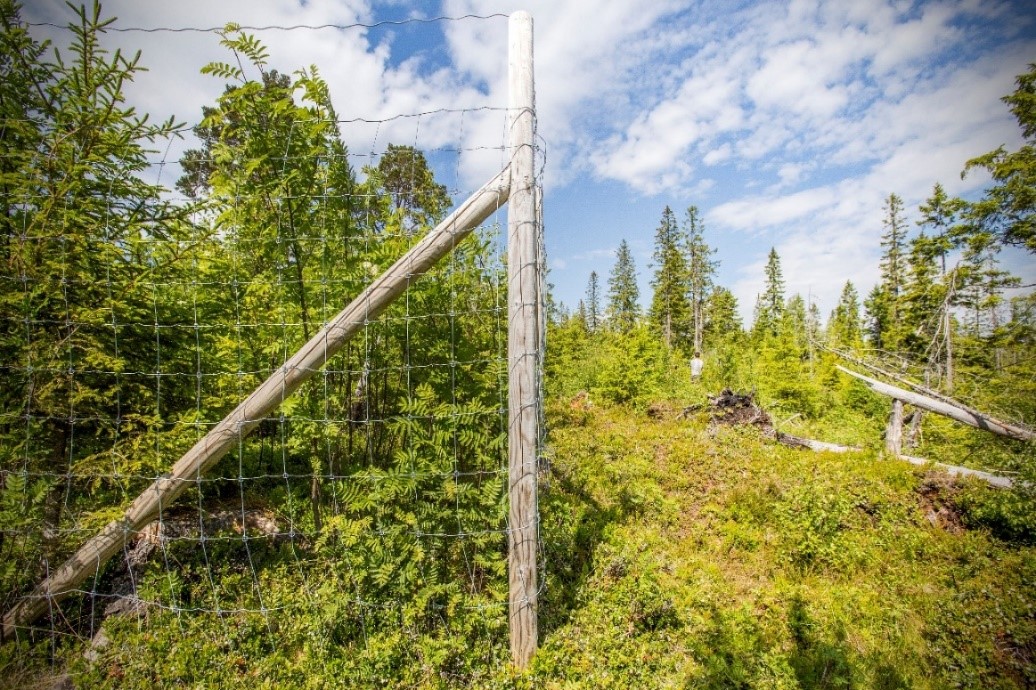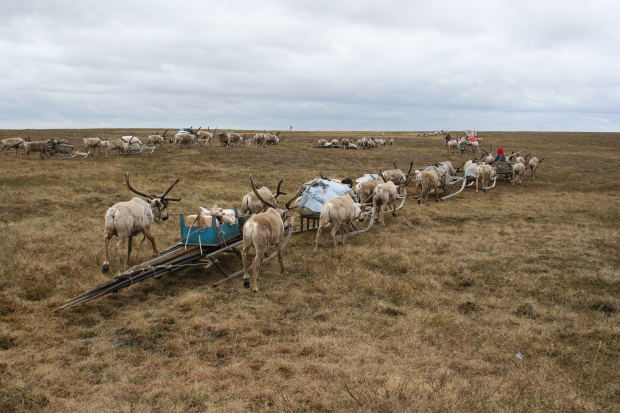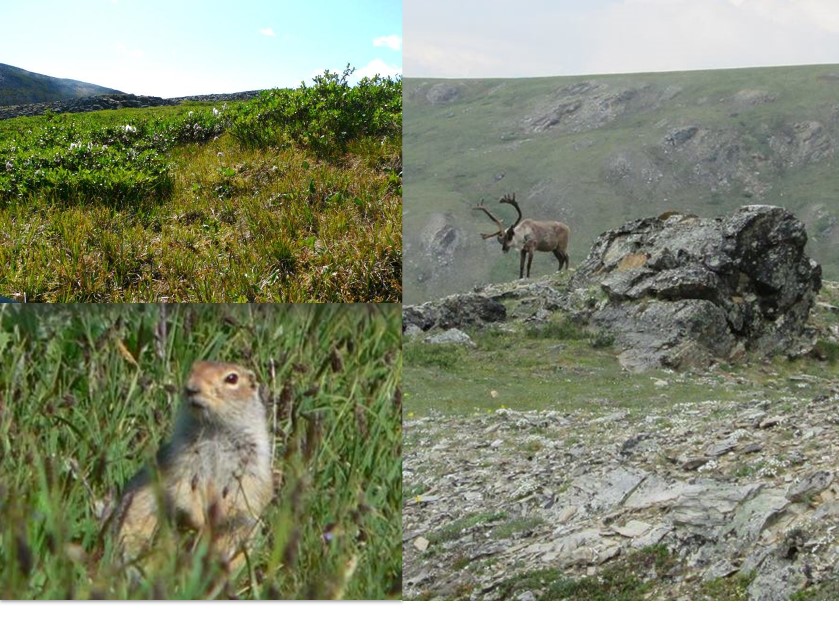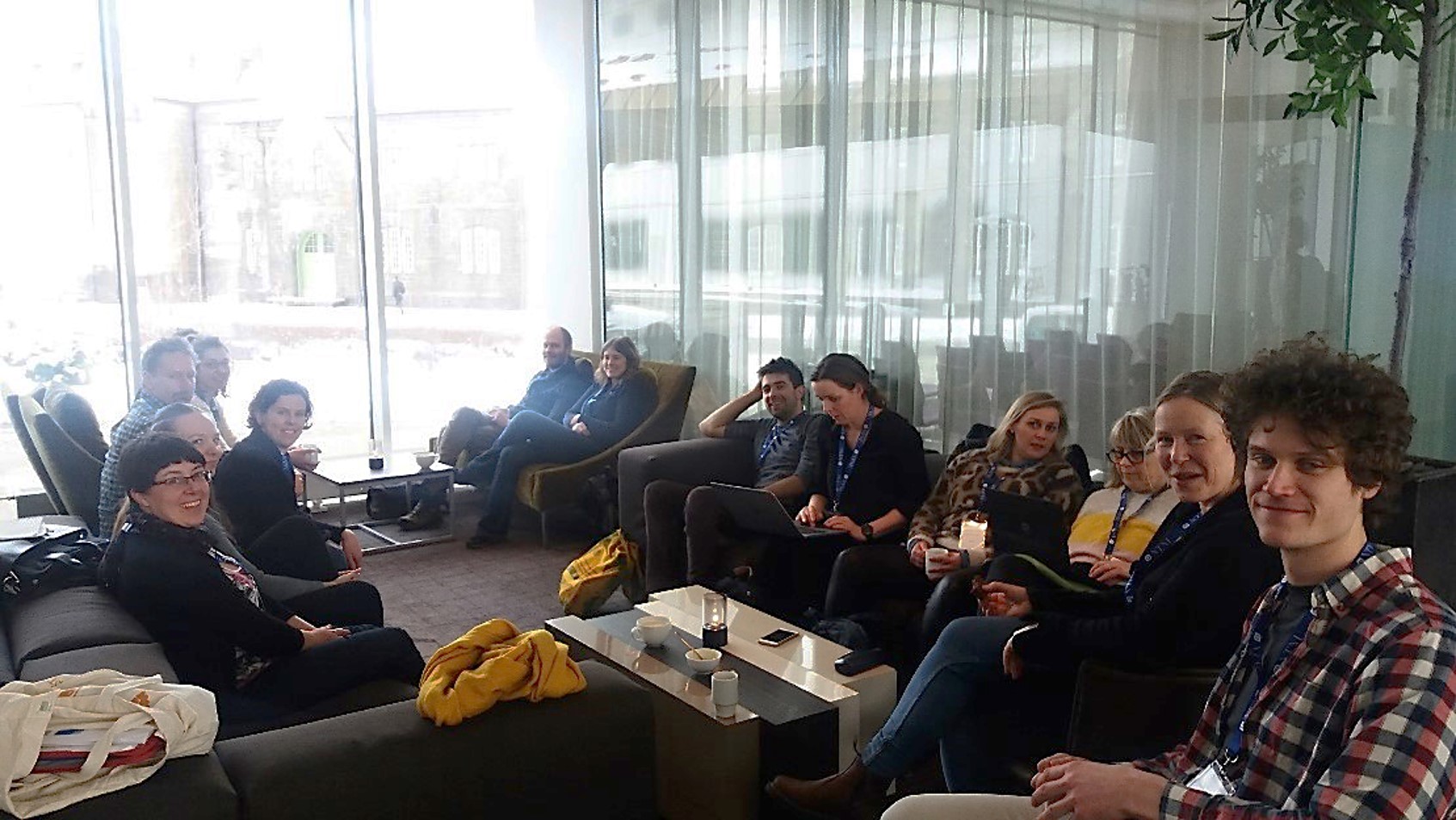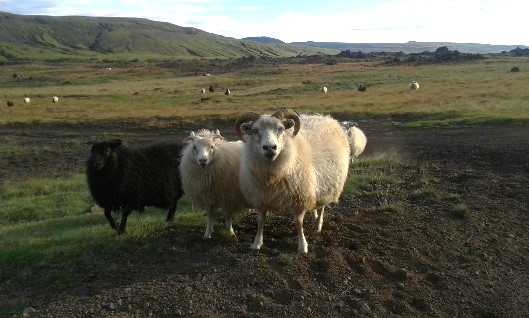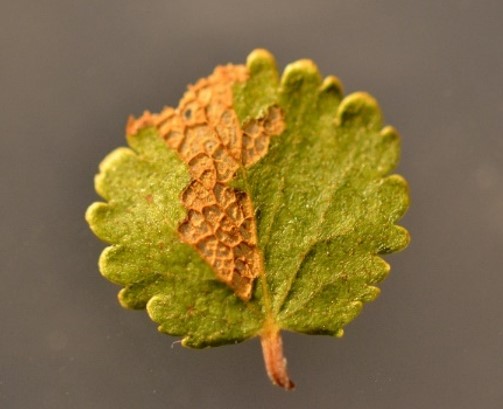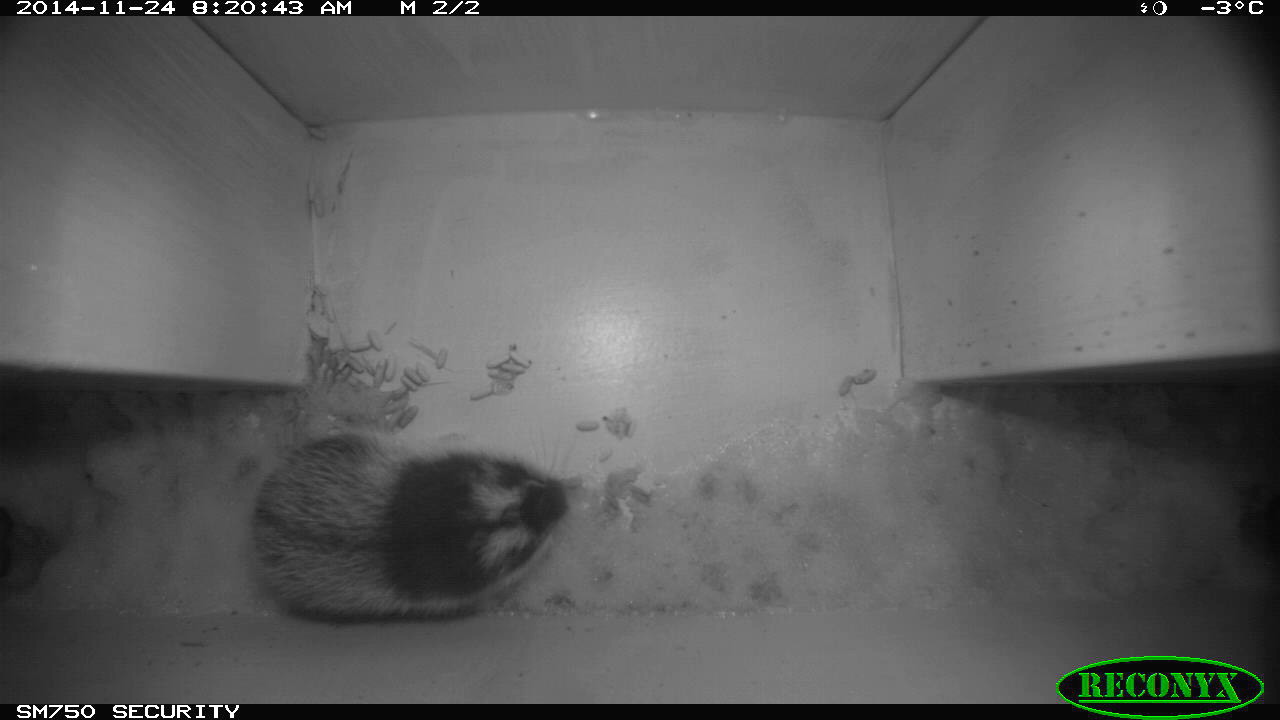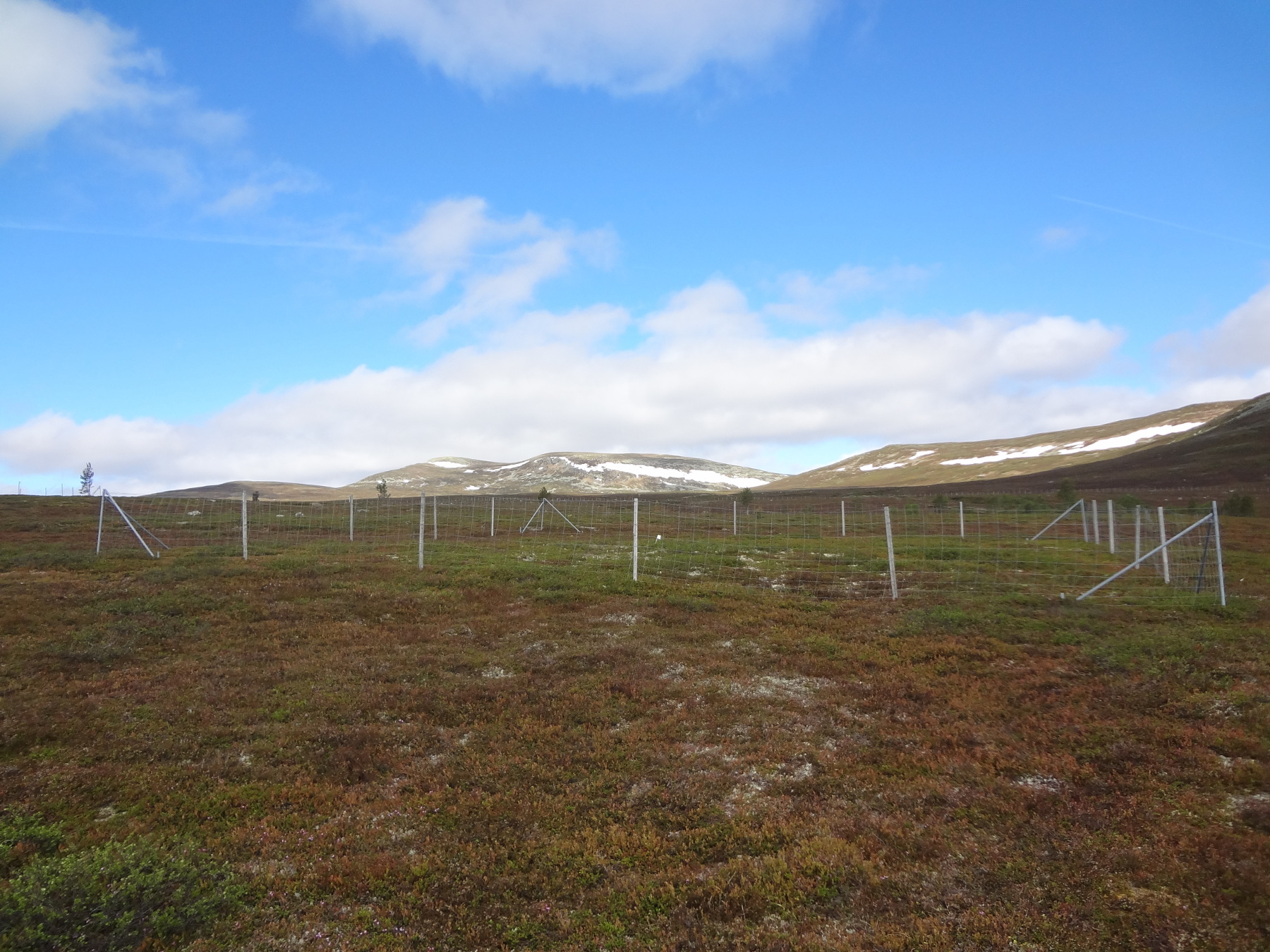This paper sheds new light on how moose affects forests. In a recently published article in the journal Ecosystems, Kolstad et al. showed the impact moose browsing has on boreal forest structure, tree species composition, and soil temperature and processes. Understanding the effect moose have on forest ecosystems is crucial for guiding how we manage their populations, as moose have no natural predators in most of Scandinavia. The article showed that chronic moose browsing has caused developing forest to become more open and considerably warmer. The researchers did not find any change in belowground parameters such as soil nutrient dynamics, in contrast to previous studies which showed that the conifer dominated forest associated with larger moose presence also comes with a reduction in soil fertility. This discrepancy may be a product of soils generally taking a long time to change in response to pressures, which makes way for exciting research in the future. We hope the large experimental infrastructure underpinning this study can continue for many more years so that we can increase our understanding of the functional role that moose has in the forest.
Reference: Kolstad, A.L., Austrheim, G., Solberg, E.J., Venete, A.M.A., Woodin, S.J., Speed, J.D.M. (2018) Cervid exclusion alters boreal forest properties with little cascading impacts on soils. Ecosystems 21(5):1027-1041
Picture: Moose exclosure 8 years after it was built on a recent boreal forest clear cut site in Trondheim, central Norway (Photo: Audun Hageskal)
